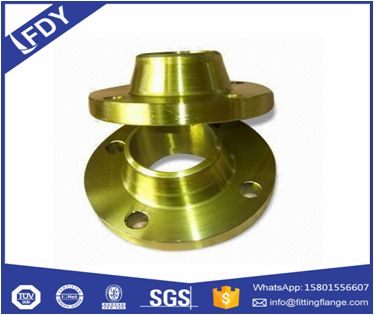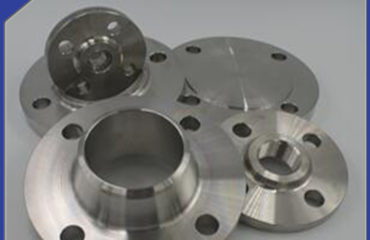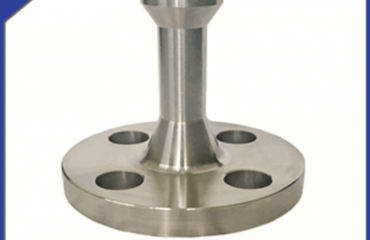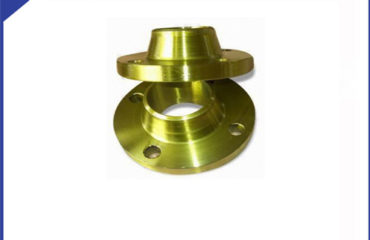
The quality inspection standards for Alloy Steel Flange mainly include the following aspects:
Material standards
Chemical composition: According to ASTM A182 and other standards, the content of carbon, chromium, molybdenum, nickel and other elements in alloy steel flanges is accurately determined using spectroscopic analysis and other methods to ensure compliance with the corresponding material’s chemical composition specifications.
Material certificate: Suppliers need to provide material quality certification documents, such as quality assurance certificates, material reports, etc., to prove that the material source is legitimate and the performance meets the requirements.
Size and appearance standards
Dimensional tolerance: According to ASME B16.5 or GB/T 9112-9124 standards, the outer diameter, inner diameter, thickness, bolt hole spacing and other dimensions of the flange should be measured, and the dimensional deviation should be within the tolerance range specified in the standard.
Appearance quality: The flange surface should be smooth, free of cracks, sand holes, air holes, burrs, and other defects that affect its use. The surface roughness should meet the requirements of relevant standards.
Mechanical performance standards
Tensile performance: According to ASTM A370 standard, the tensile strength, yield strength, elongation and other indicators of the flange material are determined through tensile testing, which must meet the requirements of the corresponding material and grade.
Hardness: Suitable hardness testing methods such as Rockwell hardness and Brinell hardness testing should be used, and the hardness value should be within the range specified by the standard to ensure the wear resistance and strength of the flange.
Non destructive testing standards
Ultrasonic testing: According to standards such as JB/T 4730.3, ultrasonic testing technology is used to detect whether there are cracks, slag inclusions, and other defects inside the flange. The detection sensitivity and range should meet the standards.
Magnetic particle testing: For alloy steel flanges made of ferromagnetic materials, according to JB/T 4730.4 standard, magnetic particle testing is used to detect surface and near surface cracks and other defects. The magnetization method and sensitivity of the testing must meet the standard.
Pressure test standard
Hydraulic test: According to standards such as GB/T 13927, install the flange on the testing device, fill it with liquid at the specified pressure, maintain the pressure for a certain period of time, and check whether the flange has leaks, deformations, etc.
Air pressure test: When hydraulic testing is not suitable, air pressure test can be used. The test pressure and holding time should be carried out according to relevant standards to test the sealing and strength of the flange.
 Language
Language Espanol
Espanol English
English Italian
Italian عربى
عربى
 Skype: chinamaker99
Skype: chinamaker99  Tel: 86-316-5120812
Tel: 86-316-5120812 Email:
Email:  Whatsapp:
Whatsapp: 

